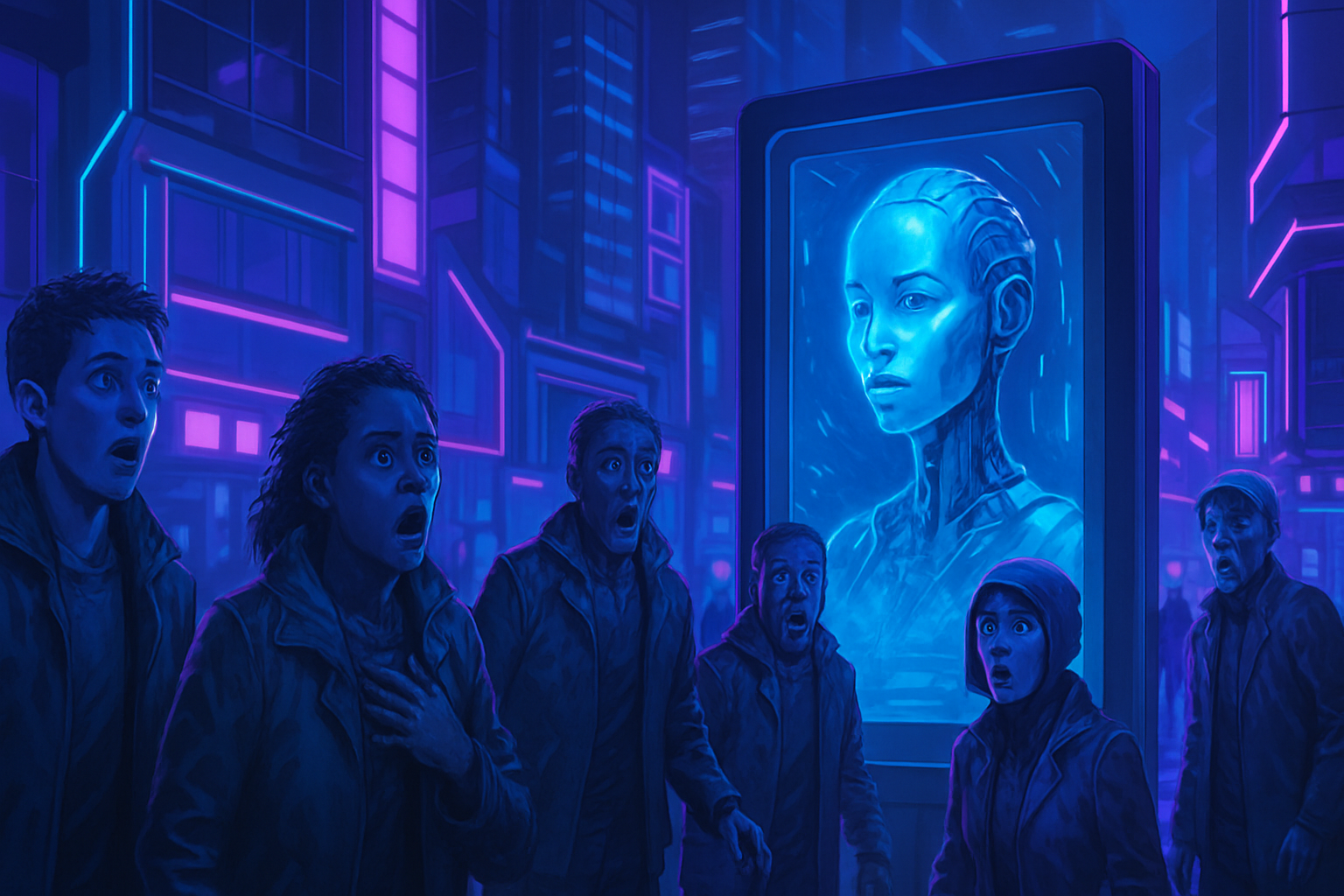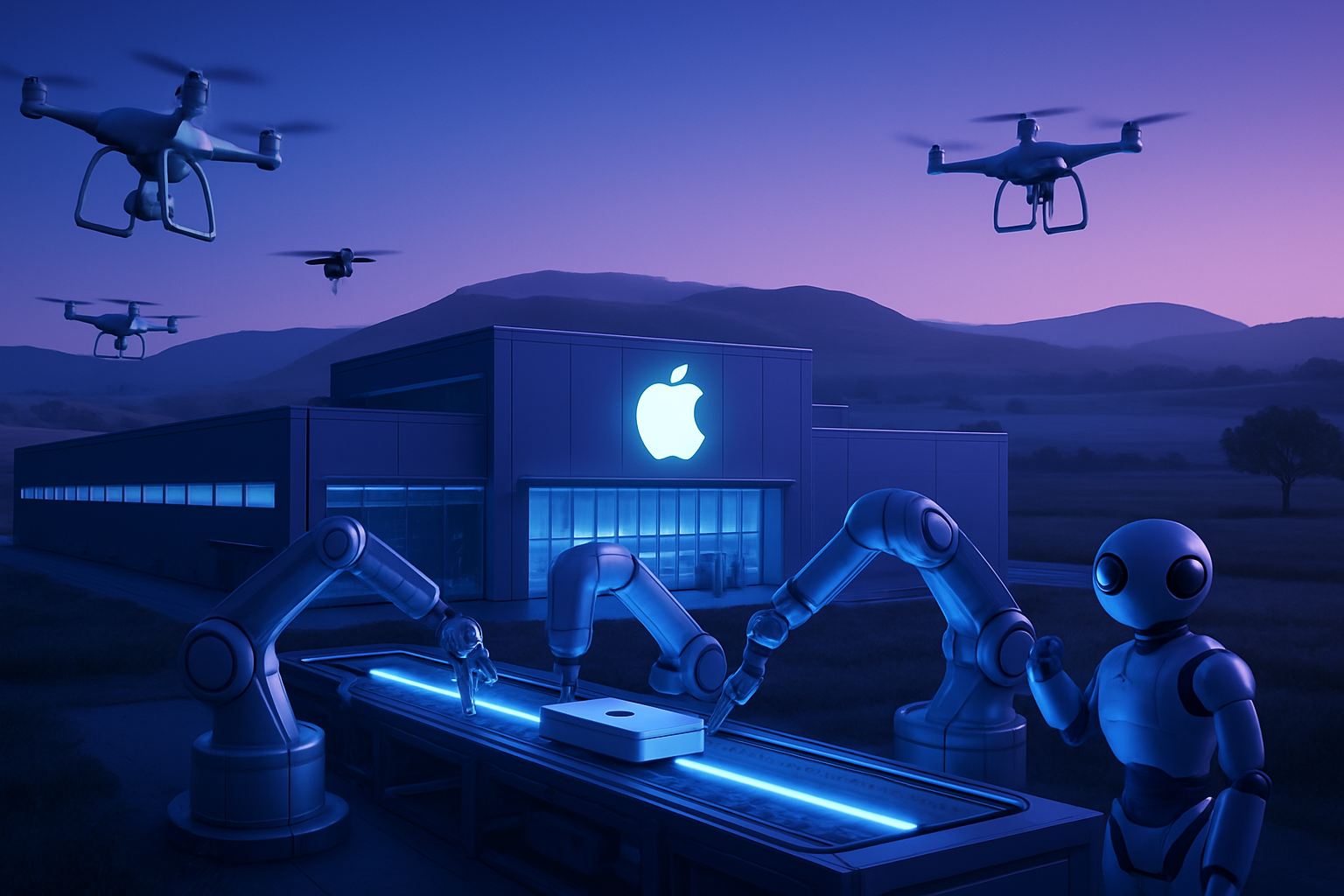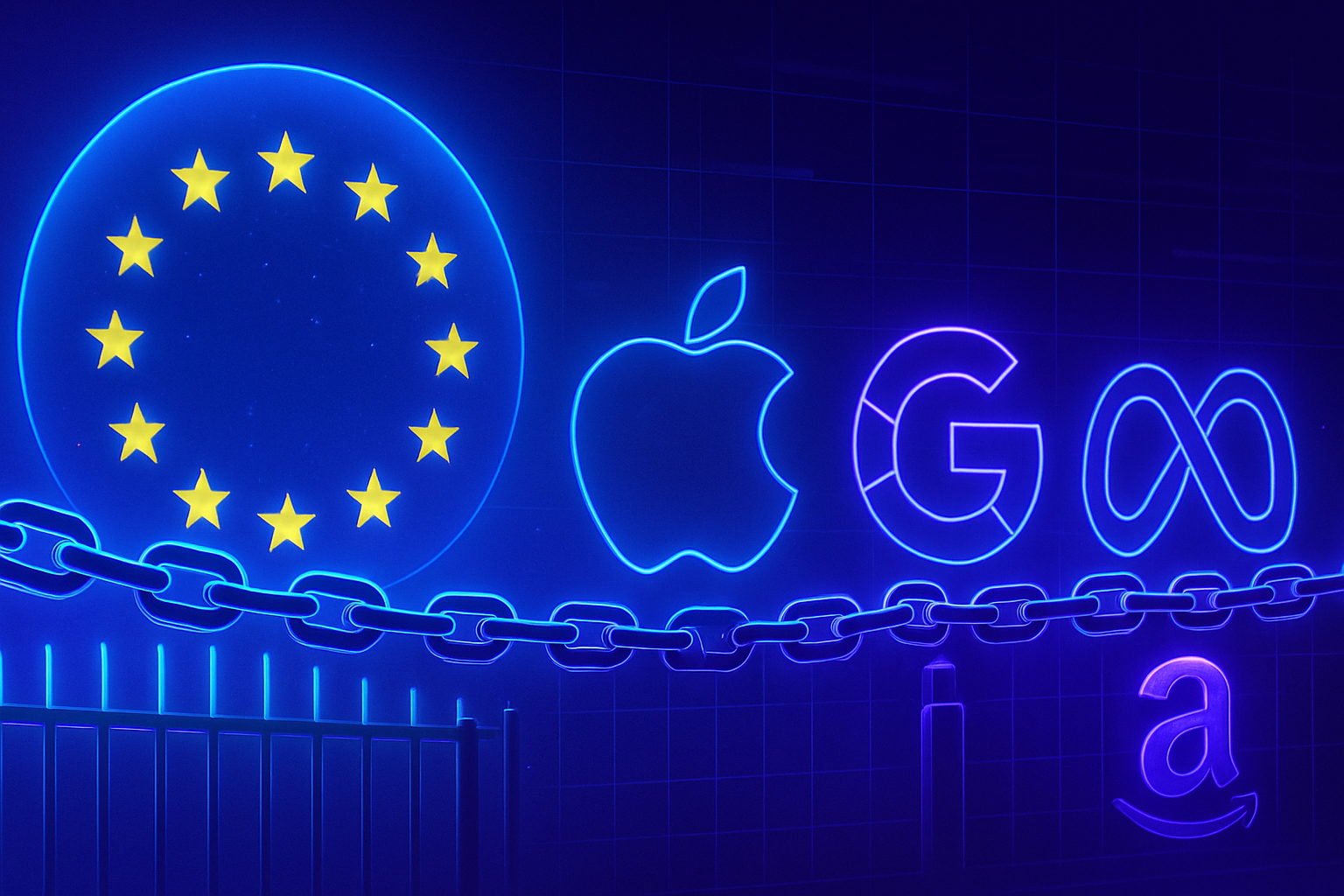Fictional protesters flood social media. These AI-generated videos charm Trump supporters. An insidious manipulation of reality emerges, exacerbating political tensions.
These misleading representations echo alarming truths about police brutality. Enthusiastic comments flourish, justifying repression. Users become inflamed in the face of phantoms, illustrating the dangerous ramifications of misinformation.
Far from being mere entertainments, these false supporters reflect major sociopolitical issues. The line between fiction and reality blurs in a shifting digital landscape.
Manipulative viral videos
Social media has been flooded with videos showing confrontations between soldiers and supposedly leftist protesters. These widely circulated contents provoke visceral reactions among Trump supporters. A notable example includes a hooded, aggressive protester facing a soldier, who quickly finds himself sprayed with pepper spray. Yet, this scene is merely a creation of artificial intelligence. Despite its fictional nature, it attracted nearly 70 million views on Instagram.
Orchestrated viral strategy
These videos, spotted by Gizmodo, fit into a larger trend. American conservatives, galvanized by Trump’s statements regarding the deployment of the National Guard in several cities, welcome these images with enthusiasm. They fuel their discourse in favor of a military response to protests in Democratic cities.
Reactions from internet users to misinformation
The comments under these videos reveal a troubling atmosphere. Users express thoughts akin to “The civil war has already begun” or “I hope this is true.” These reactions are often sprinkled with patriotic symbols. Similar videos continue to feed this narrative, reinforcing this misinformation phenomenon within conservative communities.
Law enforcement represented in a new light
A troubling aspect of these fictional videos lies in their ability to refresh the image of law enforcement. In a context where many real videos show violent police interventions, this type of content skews public perception. A pastor, including a recent case in Chicago, was filmed being targeted by pepper projectiles while praying. Such truths are largely overshadowed by these entertaining fictions.
The misunderstanding of artificial intelligence
Interestingly, most internet users seem unable to recognize that these videos are generated by advanced technology. A watermark in a corner of the videos indicates their origin, thus unmasking their fabrication. Despite this, many persist in believing in the authenticity of the fake protesters, labeling them as “leftists acting like clowns.”
An unfortunate diversion
The creation of these misleading images also benefits from the general frustration caused by recent police violence. While there is an abundance of material showing real abuses, Trump supporters prefer to get bogged down in this carnival tale. The real issue lies in the influence of these simulations on political and social perceptions, contributing to further entrenching individuals in biased narratives.
A challenge for democracy
This phenomenon raises fears about the consequences of misinformation on society. The ease of access to biased content creates fertile ground for extreme ideologies. The dissemination of these videos, while providing a certain form of entertainment, establishes divides between citizens, thus trapping society in futile struggles.
Frequently Asked Questions
What are examples of AI-generated videos showing protesters and soldiers?
AI-generated videos often depict fictional confrontations between protesters and soldiers, where the latter use pepper spray against hooded protesters. These scenes, which seem credible, are in reality digital creations, like those produced by Sora 2.
Why are these videos popular among Trump supporters?
Trump supporters find in these videos a justification for their support for the deployment of the army in cities, particularly those controlled by Democrats. These images fuel their perception of a need for repression against protesters deemed provocative.
How do false information spread on social media?
False information, such as AI-generated videos, spreads quickly on social media due to massive sharing and the virality of content. Pro-Trump users share these videos with enthusiastic comments that encourage others to watch them.
What are the implications of the dissemination of these fabricated videos?
The dissemination of these videos raises concerns regarding misinformation and the erosion of citizen trust in media and law enforcement. It can also exacerbate tensions between different political and societal groups.
How can one distinguish an authentic video from an AI-generated video?
To identify AI-generated videos, it is crucial to verify sources, look for a watermark indicating it is a digital creation, and examine the contexts in which these contents are shared. Authentic videos are generally associated with actual events documented by reputable media.
What is the reaction of internet users to these misleading videos?
Many internet users show enthusiasm towards these videos, supporting the idea that protesters are “leftists” who deserve to be pushed back. Comments often include emojis and patriotic slogans, revealing a polarization of opinions.
Why are actual videos of police violence not widely circulated?
Although real videos document police assaults against protesters, they do not garner the same excitement on social media as AI-produced videos. This may be attributed to a cognitive bias where users seek out content that confirms their existing beliefs.
What are the potential legal consequences of disseminating false videos?
The dissemination of false videos can result in legal consequences for those who share them, notably in cases of defamation or misinformation. Social media platforms, such as Instagram or X, may also take measures to ban or limit accounts that contribute to misinformation.






